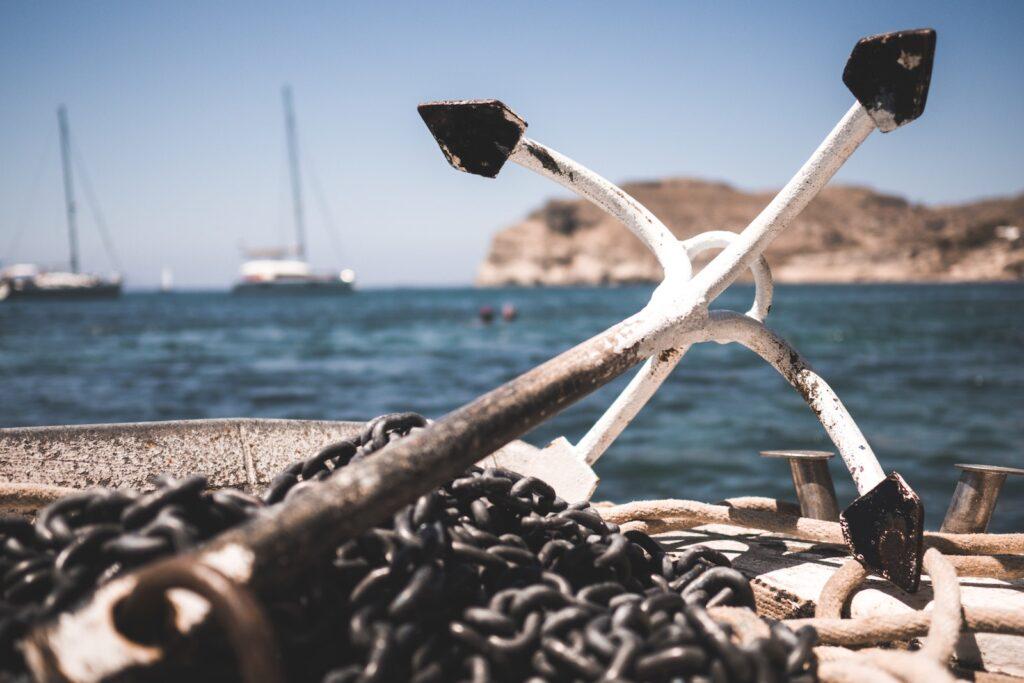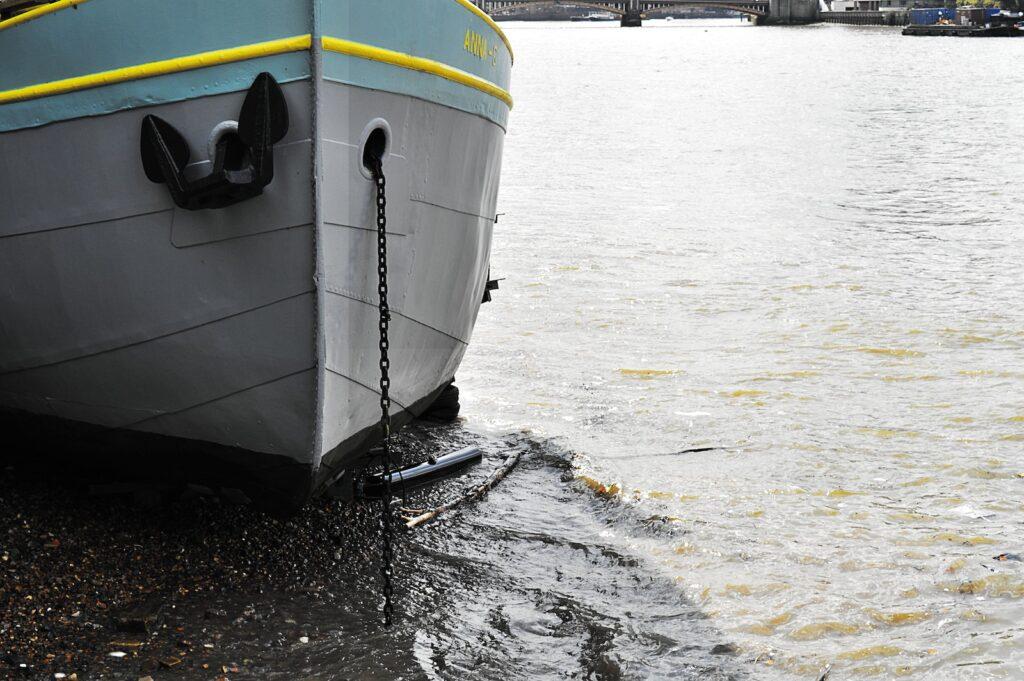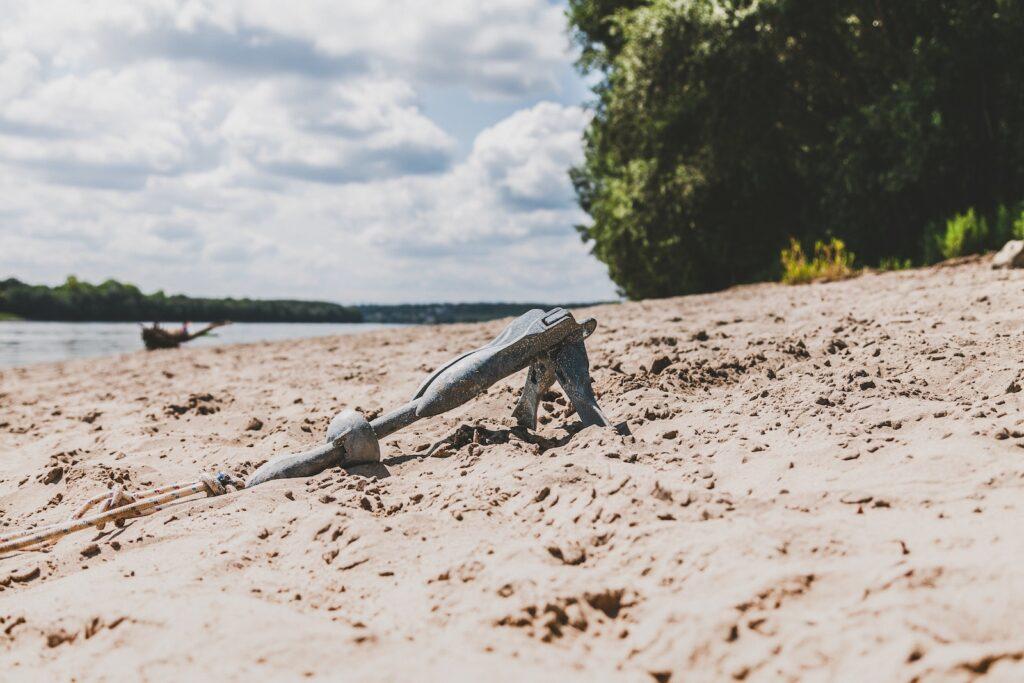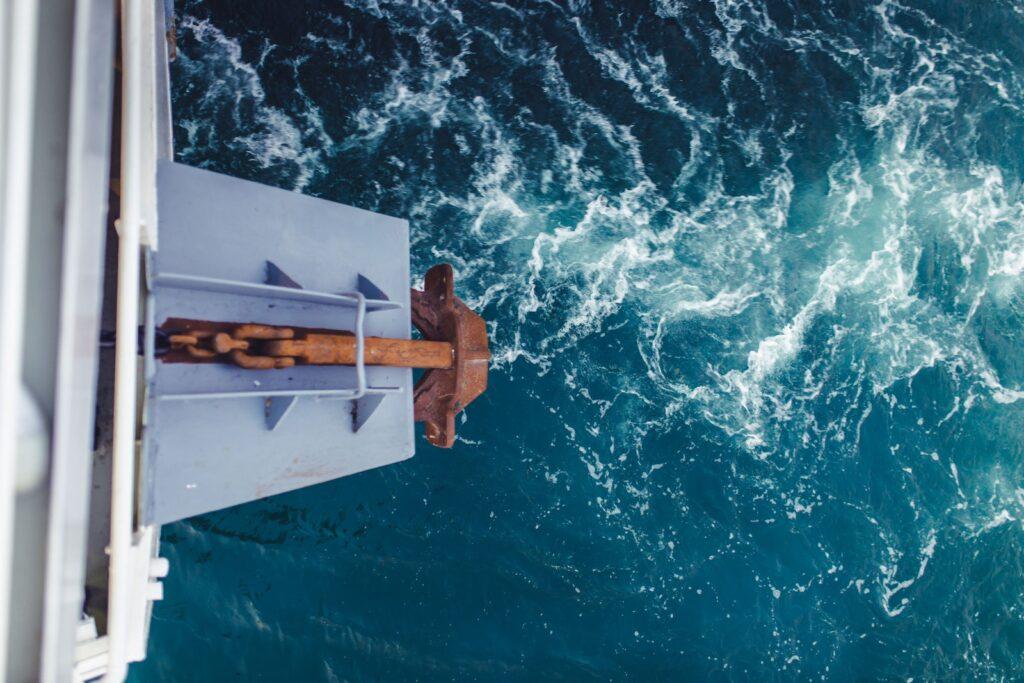Best Anchors for Rocky Bottom
No matter if you are fishing, sailing, or just anchoring your boat, it is important to choose the right anchor for the job. Rocky bottoms can vary in size, composition, and depth, so it is important to select the right anchor to ensure the safety and security of your vessel. In this article, we will discuss the best anchors for rocky bottom, how to choose the right anchor, and provide tips on proper anchor deployment.
Key Takeaways:
- For rocky bottoms, plow-style or Bruce anchors are often recommended due to their ability to dig into difficult terrains. These anchors have a design that allows them to pivot and set firmly even in rocky conditions, where other types might struggle to gain a hold.
- The weight and size of the anchor are crucial in rocky bottoms. A heavier anchor may provide better hold in tough conditions, but it’s also important to balance weight with the size of the boat and the depth of the water. An oversized anchor can be as ineffective as one that’s too small.
- The length of the chain and the scope (the ratio of the length of the anchor line in use to the depth of the water) play a significant role in anchoring in rocky bottoms. A longer chain and a higher scope ratio can help the anchor lay better and achieve a more secure hold, as it allows the anchor to pull horizontally, which is more effective in rocky terrains.
Best Anchors for Rocky Bottom
The best anchors for a rocky bottom would be those designed specifically for this type of bottom, such as a mushroom anchor or a plow anchor. Both of these anchors are designed to dig into the rocky bottom and hold the boat in place. They are lightweight and easy to maneuver, making them ideal for rocky bottoms.
- Sand Anchors
- Dead Weight Anchors
- Fluke Anchors
- Delta Anchors
- Plow Anchors
- Claw Anchors
- Bruce Anchors
- Mushroom Anchors
- Danforth Anchors
- Grapnel Anchors
When anchoring in a rocky bottom, it is important to ensure that the anchor has plenty of scope, which is the ratio of the length of the anchor line to the depth of the water. This is to ensure that the anchor penetrates the bottom and has enough line to secure the boat in place. Depending on the size of the boat, it is important to use the right size anchor that is able to hold the boat in place. Check the anchor regularly to ensure that it is still secure and has not become dislodged from the bottom and has best anchor ropes that is available. It will improve it performance a lot.

Types of Anchors for Rocky Bottom
Anchors used in rocky bottoms depend on the type of seabed and the vessel size. Generally, there are three main types of anchors used in rocky bottoms, including deadweight anchors, plow anchors, and rock anchors. Deadweight anchors are the most common type of anchors used in rocky bottoms as they are designed to sink into the seabed and provide a secure hold. Plow anchors are designed to dig into the seabed and provide a good hold in rocky bottoms. Rock anchors are designed to be used in extreme conditions and are used when other anchors are not suitable for the job.
Plow Anchors
Plow anchors are the most common type of anchor used for rocky bottoms. They are also known as “CQR” anchors (short for “Closing Quick Release”) and are designed to dig deep into the bottom and provide a secure hold. Plow anchors are usually made from galvanized steel and come in various sizes, from 5 to 40 pounds.
Fluke Anchors
Fluke anchors are designed to provide a secure hold in rocky bottoms. They are made from galvanized steel or stainless steel and come in various sizes, from 5 to 25 pounds. Fluke anchors have a flat, wide design that helps them to dig deep into the bottom and provide a secure hold.
Mushroom Anchors
Mushroom anchors are designed for use in shallow water with rocky bottoms. They are made from galvanized steel and come in various sizes, from 5 to 25 pounds. Mushroom anchors have a wide base and a pointed tip that helps them to dig deep into the bottom and provide a secure hold.
How to Choose the Right Anchor for Rocky Bottom

When choosing an anchor for a rocky bottom, there are several factors to consider, such as the size of the anchor, the type of bottom, the depth of the water, and the type of vessel.
Size of Anchor
The size of the anchor should be based on the size and weight of the vessel. Generally, the heavier the vessel, the larger the anchor. It is important to choose an anchor that is large enough to provide a secure hold, but not so large that it is overly difficult to deploy.
Type of Bottom
The type of bottom should also be taken into consideration when choosing an anchor. If the bottom is predominantly sand, then a plow or fluke anchor is likely the best choice. If the bottom is predominantly rock, then a mushroom anchor is likely the best choice.
Depth of Water
The depth of the water is important when choosing an anchor. For shallow water, a mushroom anchor is likely the best choice. For deeper water, a plow or fluke anchor is likely the best choice.
Type of Vessel
The type of vessel should also be taken into consideration when choosing an anchor. For smaller vessels, a mushroom anchor is likely the best choice. For larger vessels, a plow or fluke anchor is likely the best choice.
Tips for Proper Anchor Deployment

Once you have chosen the right anchor for the job, it is important to ensure proper anchor deployment. Here are some tips to help ensure a secure anchor hold:
Check the Anchor Rode
Before deploying the anchor, it is important to check the anchor rode for any wear or damage. It is also important to ensure that the rode is the correct length for the depth of water.
Check the Anchor for Damage
Before deploying the anchor, it is important to check the anchor for any wear or damage. For example, if the flukes are bent or the shank is cracked, the anchor may not provide a secure hold.
Test the Anchor Hold
When deploying the anchor, it is important to test the anchor hold by slowly backing up the vessel and allowing the anchor to dig into the bottom. If the anchor does not provide a secure hold, it may need to be adjusted or replaced.
Secure the Anchor Rode
Once the anchor has been deployed, it is important to secure the anchor rode. This can be done by attaching the rode to a cleat or other secure point on the vessel.
Maintenance of Anchors
In addition to choosing the right anchor and proper deployment, it is also important to maintain the anchor to ensure its effectiveness. Here are some tips on how to maintain your anchor:
Regularly Inspect the Anchor
Regularly inspect the anchor for any wear or damage. If the flukes are bent or the shank is cracked, the anchor may not provide a secure hold.
Clean the Anchor
To ensure proper deployment, it is important to keep the anchor clean. Remove any mud, seaweed, or debris that may be stuck to the anchor.
Apply Rust Protection
If the anchor is made from galvanized steel, it is important to apply rust protection to prevent corrosion.
Store the Anchor Properly
When not in use, it is important to store the anchor in a dry place. Storing the anchor in a damp or wet environment can cause rust and corrosion.
Anchoring on rocky bottom
Anchoring on rocky bottom refers to the process of securing a boat in a stationary position using an anchor. This is usually done in shallow waters with rocky bottoms, as the anchor can be more securely lodged in the rocks. Ensure that the anchor is firmly lodged in the rocks so that the boat does not drift away. Check the anchor regularly to make sure that it is not slipping or coming loose.
- Make sure your anchor and rode are designed for rocky bottom.
- Use the longest scope possible (5:1 ratio is recommended).
- Set the anchor in the deepest part of the bottom.
- Choose an anchor that offers good holding power in rocky terrain (e.g. a Rocna or Spade anchor).
- Use a larger size of chain to minimize the shock on the anchor.
- Check the anchor often to ensure it hasn’t shifted or dragged.
- Monitor the weather and tidal conditions to prevent any unexpected surprises.
- Be prepared to adjust your anchor if necessary.
Use a good length of rope or chain to secure the boat. This helps to ensure that the boat remains in the same location. It is also important to check the rope or chain regularly for any signs of wear or fraying. If the rope or chain is beginning to show signs of wear, it is important to replace it immediately to avoid any potential accidents or losses.
Conclusion
When anchoring your boat in a rocky bottom, it is important to choose the right anchor for the job. Plow anchors, fluke anchors, and mushroom anchors are the most common types of anchors used for rocky bottoms. It is also important to ensure proper anchor deployment by checking the anchor rode, anchor, and securing the anchor rode. Following these tips will help ensure the safety and security of your vessel.

